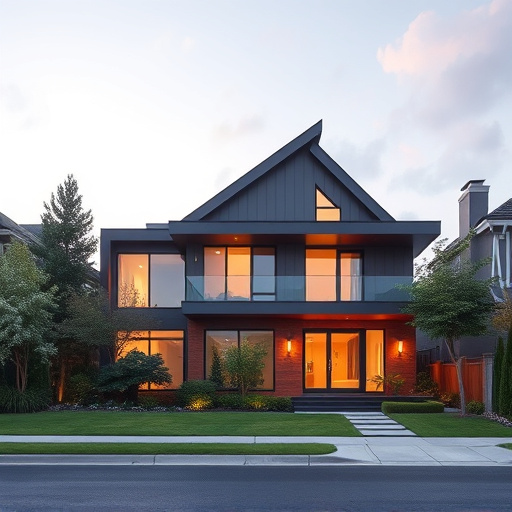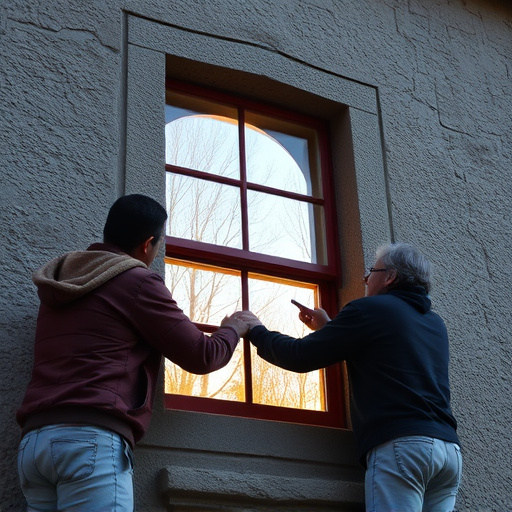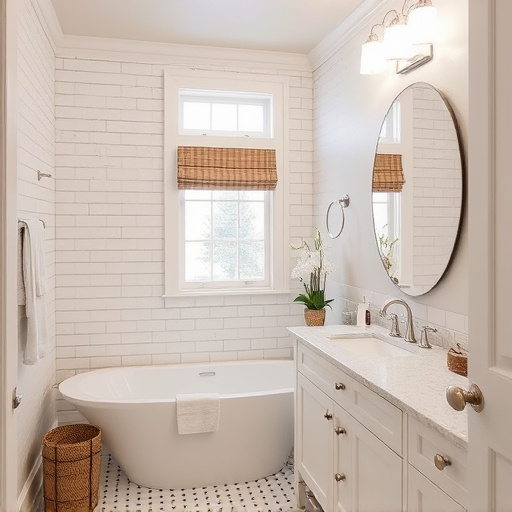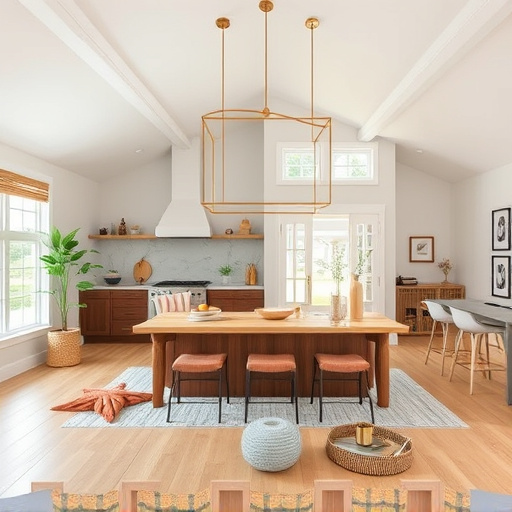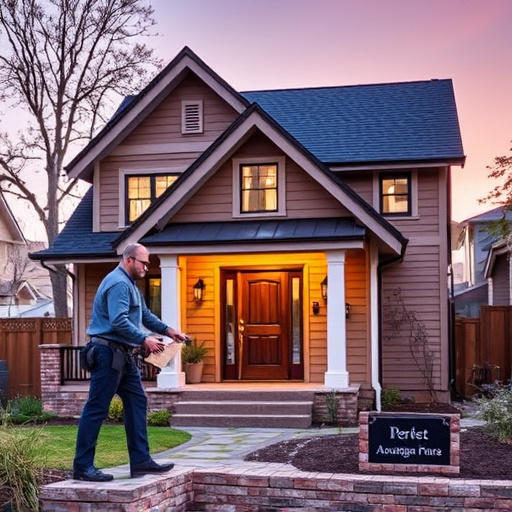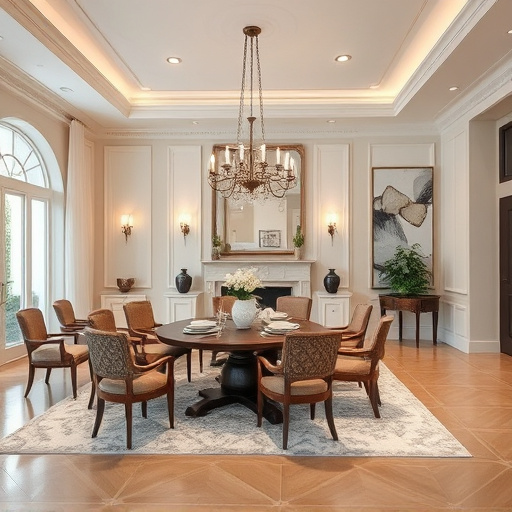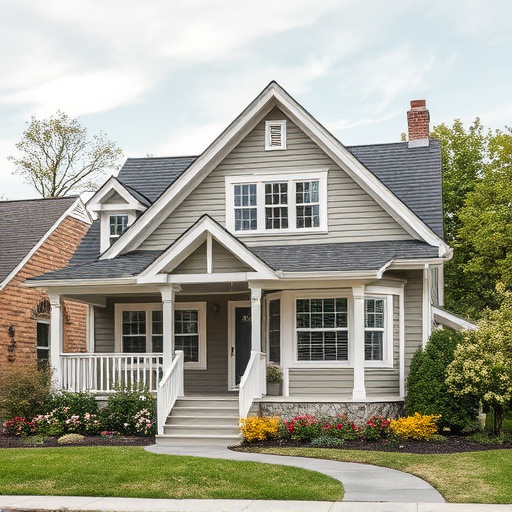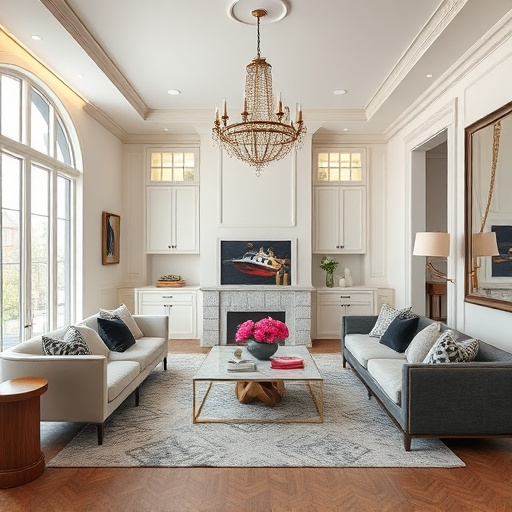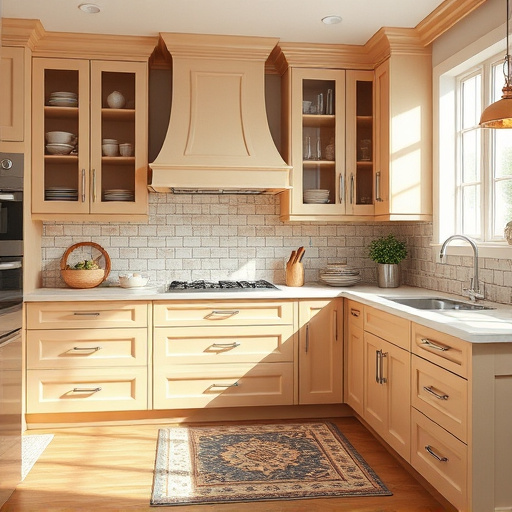Interior designers in home design merge aesthetics and practicality to create inviting, functional spaces. They strategically place furniture, select durable materials, and choose color palettes that enhance both visual appeal and usability. Renovations, like bathroom remodels, transform functional areas into stylish oases while integrating new spaces harmoniously with existing ones, elevating daily life quality for homeowners.
In the realm of home design, interior designers play a pivotal role in creating spaces that are not only aesthetically pleasing but also highly functional. Balancing esthetics and functionality is an art, where each element must serve a purpose while enhancing the overall beauty. This article explores how designers seamlessly integrate beauty and practicality, revealing their strategies for crafting harmonious, beautiful, and livable homes. Discover the secrets behind transforming spaces into stunning, practical oases.
- Balancing Esthetics and Functionality in Home Design
- Practicality as an Essential Component of Interior Aesthetics
- Integrating Beauty and Usability: A Designer's Approach
Balancing Esthetics and Functionality in Home Design
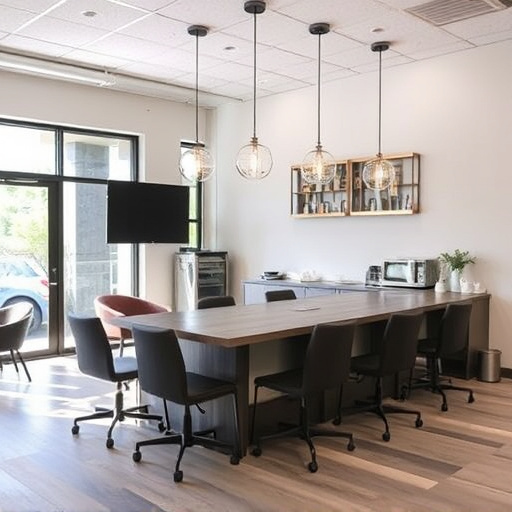
In the realm of home design, achieving a harmonious blend of aesthetics and practicality is an art form mastered by interior designers. They understand that while visual appeal is essential to create inviting spaces, functionality must also be at the forefront to ensure a home truly serves its inhabitants’ needs. This delicate balance involves carefully considering every element, from furniture placement to material choices and color palettes, to make a space both aesthetically pleasing and highly usable.
Interior designers employ creative strategies to integrate beauty and practicality seamlessly. For instance, they might opt for multifunctional furniture that adds storage while maintaining a sleek, stylish appearance. Incorporating smart storage solutions like built-in wardrobes or stylish shelves not only enhances the overall aesthetic but also ensures a clutter-free environment. When designing bathrooms, for example, renovation services can transform a mundane space into a spa-like oasis by utilizing luxurious materials and thoughtful design elements, proving that even functional areas can be elevated to reflect personal style while remaining highly practical.
Practicality as an Essential Component of Interior Aesthetics
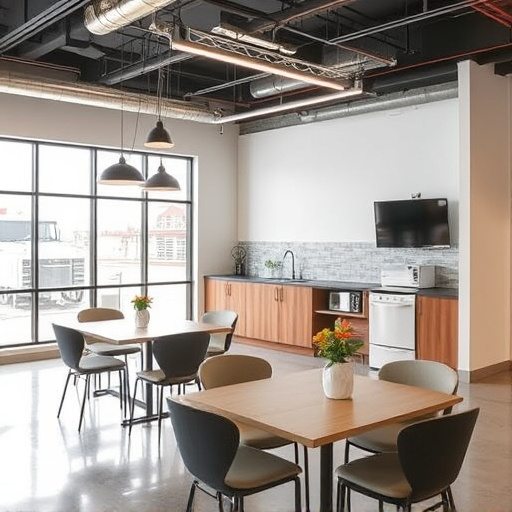
In the realm of interior design, creating visually stunning spaces is an art. However, practicality should never be an afterthought—it’s a crucial component that transforms a beautiful space into a truly functional and desirable home. A seamless blend of aesthetics and usability ensures that each element in a room serves a purpose while enhancing overall ambiance.
Consider the everyday tasks performed within a home: cooking, relaxing, entertaining guests, or simply retreating to private spaces. Interior designers must account for these activities during the planning phase, ensuring that every design choice—from furniture placement to material selection—contributes to a practical and comfortable living environment. For instance, in bathroom renovations, designing with both form and function in mind results in efficient storage solutions, ergonomic layouts, and luxurious amenities that cater to users’ needs, making renovation services more than just aesthetic transformations but integral parts of home remodeling that elevate the quality of daily life.
Integrating Beauty and Usability: A Designer's Approach
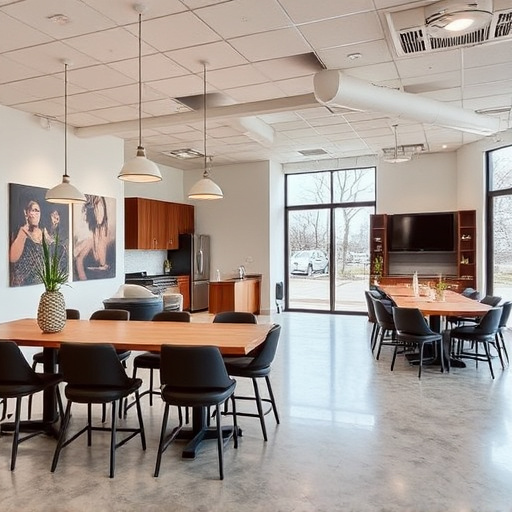
In the realm of home design, interior designers play a pivotal role in creating spaces that are both aesthetically pleasing and highly functional. The art of integrating beauty and usability is a delicate balance that requires a keen eye for detail and a deep understanding of client needs. A successful designer knows that a space should not only look stunning but also serve its intended purpose seamlessly.
When tackling a multiple room remodel or bathroom renovations, for instance, the challenge lies in enhancing the overall ambiance while ensuring practicality. This involves selecting materials and finishes that are not just visually appealing but also durable and easy to maintain. For home additions, designers must consider how new spaces can complement existing ones, creating a harmonious flow that enriches daily life without sacrificing aesthetics or functionality.
In the world of home design, striking a balance between aesthetics and practicality is key. By seamlessly integrating beauty and usability, interior designers create spaces that not only captivate the senses but also serve their intended purposes efficiently. This harmonious blend ensures that our living environments are both visually appealing and practical, catering to our everyday needs while fostering a sense of comfort and joy.


